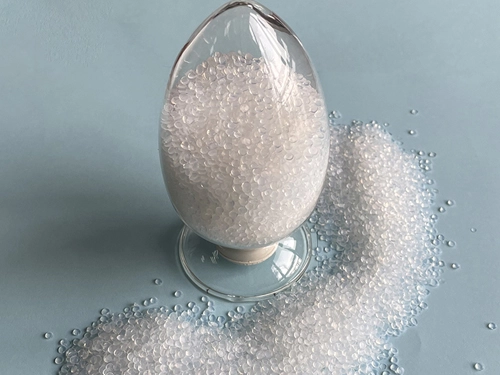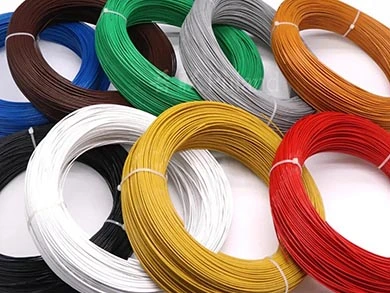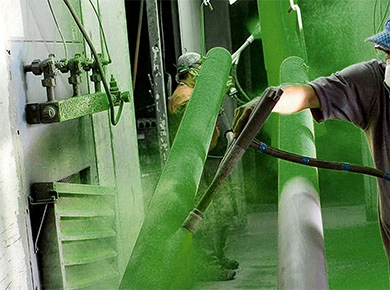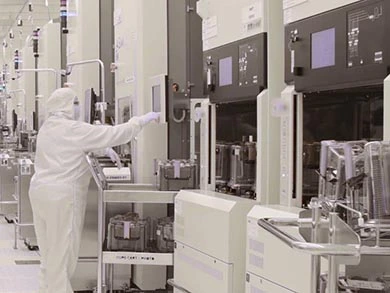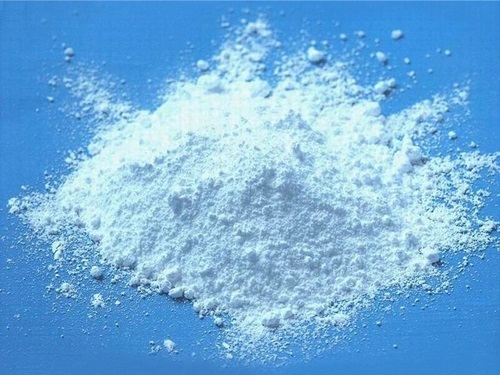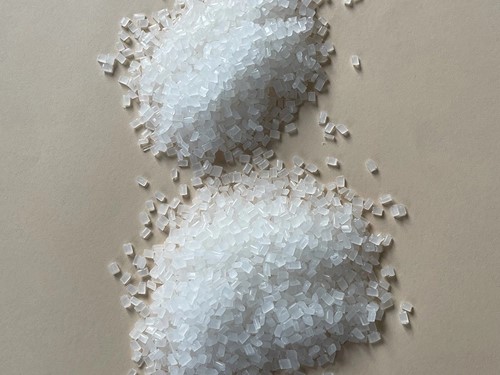Fluoropolymers are a class of high-performance plastics characterized by their exceptional resistance to heat, chemicals, and electrical insulation properties. These materials are widely used in the aerospace industry due to their unique properties, which make them suitable for demanding applications. Here are some key uses and benefits of fluoropolymers in the aerospace industry:
Key Properties of Fluoropolymers:
1. Thermal Stability: Fluoropolymers can withstand extreme temperatures, both high and low, making them ideal for aerospace applications where temperature fluctuations are common.
2. Chemical Resistance: They are highly resistant to a wide range of chemicals, including fuels, lubricants, and hydraulic fluids, which are commonly used in aerospace environments.
3. Low Friction: Fluoropolymers have low coefficients of friction, which is beneficial for reducing wear and tear on moving parts.
4. Electrical Insulation: They offer excellent electrical insulation properties, which are crucial for the safety and performance of electronic systems in aircraft.
5. Non-Flammability: Many fluoropolymers are inherently non-flammable, adding an extra layer of safety in aerospace applications.
Applications in the Aerospace Industry:
1. Wire and Cable Insulation: Fluoropolymers like PTFE (Polytetrafluoroethylene) and FEP (Fluorinated Ethylene Propylene) are commonly used for insulating wires and cables due to their excellent electrical properties and resistance to harsh environmental conditions.
2. Seals and Gaskets: Fluoropolymer-based seals and gaskets are used in fuel systems, hydraulic systems, and other critical components to ensure leak-proof performance and resistance to aggressive chemicals.
3. Coatings: Fluoropolymer coatings are applied to various components to reduce friction, prevent corrosion, and enhance durability. These coatings are often used on fasteners, bearings, and other moving parts.
4. Hoses and Tubing: Fluoropolymer hoses and tubing are used for fluid transfer systems, including fuel lines, hydraulic lines, and coolant systems, due to their flexibility and resistance to chemical attack.
5. Composite Materials: Fluoropolymers are sometimes used in composite materials to enhance their performance characteristics, such as improving thermal stability and reducing weight.
6. Adhesives and Sealants: Fluoropolymer-based adhesives and sealants are used in the assembly and maintenance of aircraft to provide strong, durable bonds that can withstand extreme conditions.
7. Protective Films: Fluoropolymer films are used to protect sensitive surfaces and components from environmental damage, such as UV radiation, moisture, and chemical exposure.
Common Types of Fluoropolymers Used:
1. PTFE (Polytetrafluoroethylene): Known for its non-stick properties and high-temperature resistance.
2. FEP (Fluorinated Ethylene Propylene): Offers similar properties to PTFE but with greater flexibility.
3. PFA (Perfluoroalkoxy Alkane): Combines the properties of PTFE and FEP, providing high-temperature resistance and flexibility.
4. ETFE (Ethylene Tetrafluoroethylene): Known for its toughness and impact resistance.
5. PVDF (Polyvinylidene Fluoride): Offers excellent chemical resistance and mechanical strength.

Conclusion:
Fluoropolymers play a crucial role in the aerospace industry by providing materials that can withstand the extreme conditions encountered during flight. Their unique properties make them indispensable for ensuring the safety, reliability, and performance of aerospace components and systems. As technology advances, the use of fluoropolymers in aerospace applications is likely to expand, driven by the need for materials that can meet increasingly stringent performance requirements. Leading fluoropolymer manufacturers such as FluorinChem are prepared to provide additional information.






